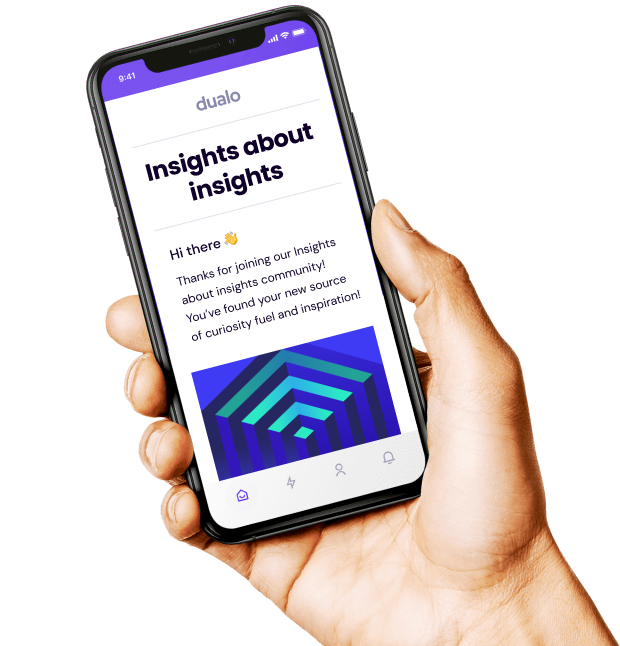The end of the research report as we know it?
Your research findings deserve better than getting buried in a slide deck or the company wiki. What if there was a more efficient way to package up your findings that guaranteed greater visibility and engagement? It’s time to ditch the static research reports… it's time for the research microsite.











.svg)

.jpeg)

.jpeg)
.jpeg)

